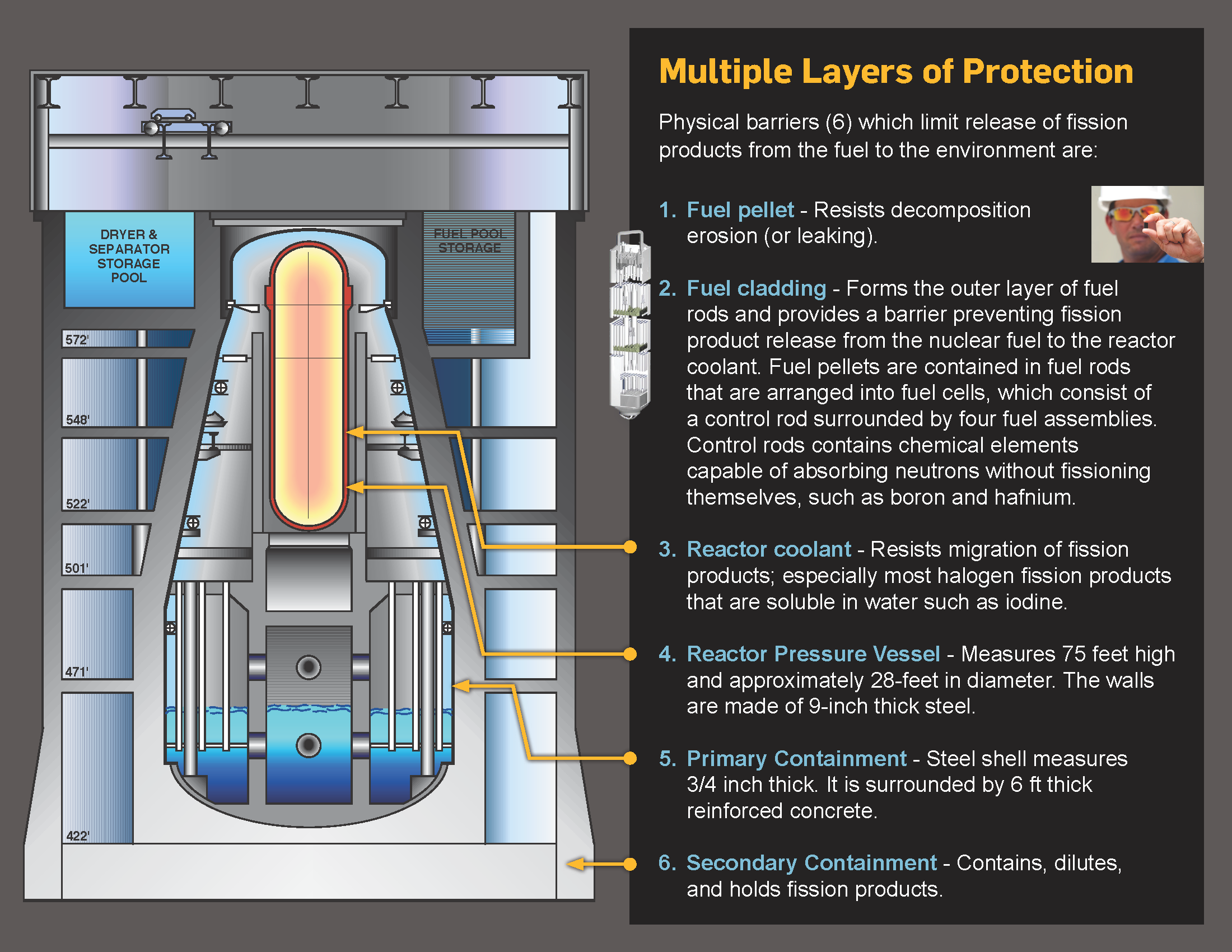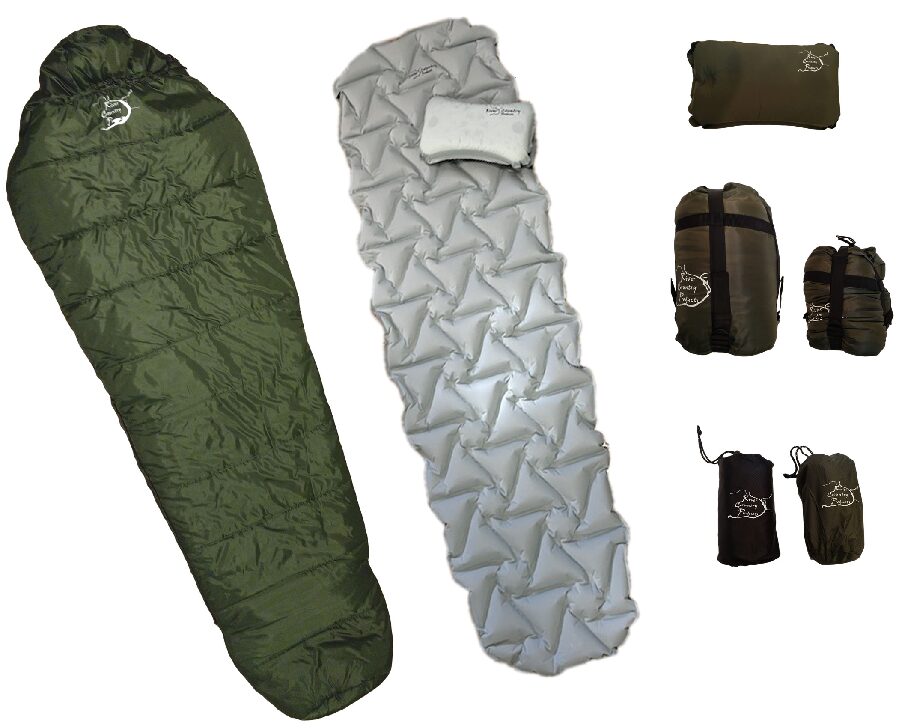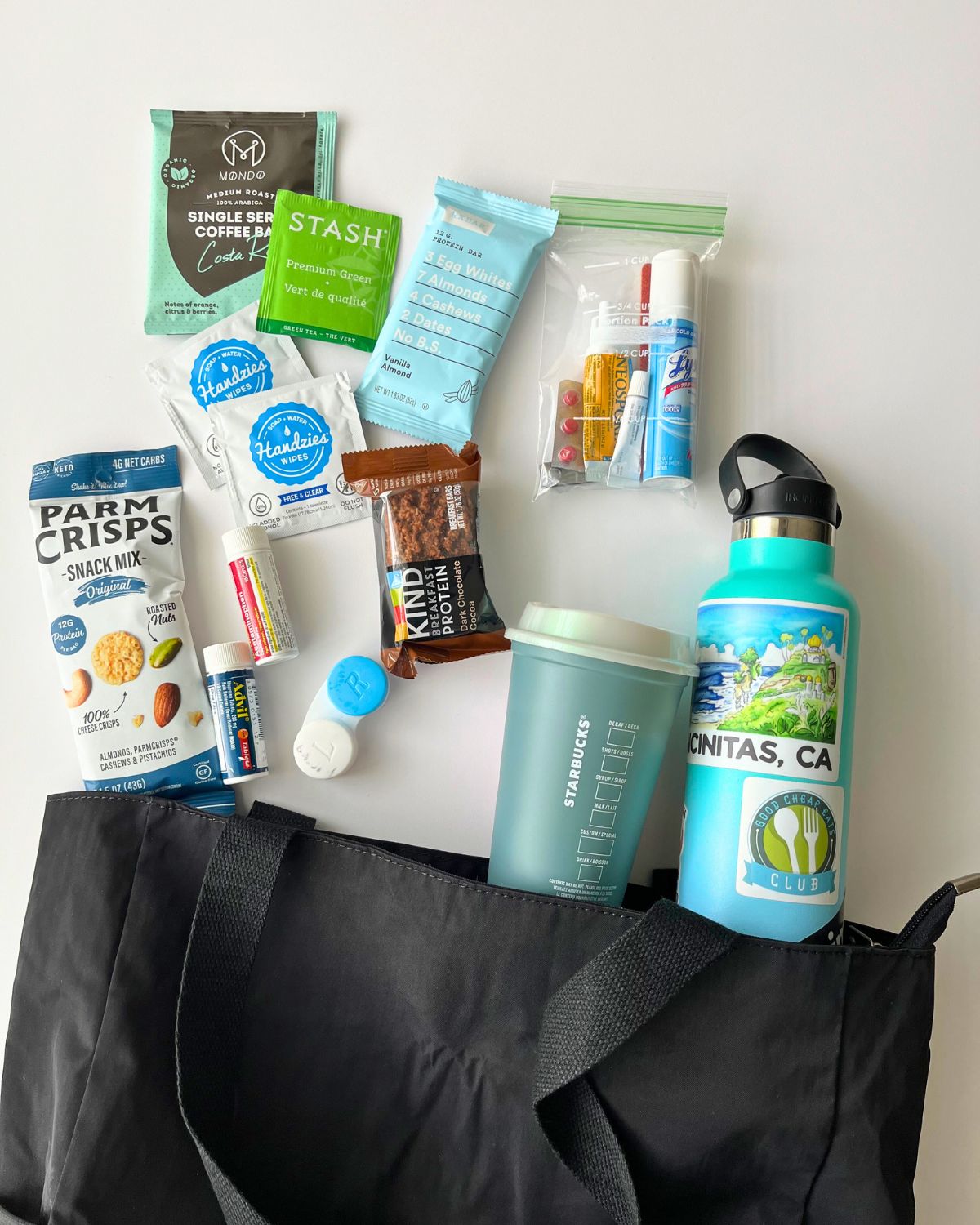
Introduction
Ultralight backpacking is more than just a trend; it’s a philosophy centered on minimizing weight to maximize enjoyment on the trail. This approach dramatically reduces strain on your body, allowing you to hike further and explore more challenging terrain. A crucial component of successful ultralight backpacking is mastering a well-thought-out layering system for clothing, ensuring you’re comfortable in fluctuating weather conditions while keeping your pack weight to a minimum. This comprehensive guide explores the principles of ultralight backpacking, emphasizing the importance of a strategic layering system and selecting lightweight gear.

Understanding the Principles of Ultralight Backpacking
Ultralight backpacking prioritizes minimizing weight without sacrificing essential functionality or safety. The goal is to carry only what’s absolutely necessary, reducing the burden on your body and enabling longer, more enjoyable hikes. This requires careful consideration of every item in your pack, from your tent to your toothbrush. Here are some core principles:
- Weight Reduction: Every ounce counts. Analyze each item to see if a lighter alternative exists without compromising performance.
- Gear Selection: Choose durable, lightweight materials like nylon, ripstop, and carbon fiber.
- Multi-functional Gear: Opt for items with multiple uses (e.g., a pot that also serves as a bowl).
- Minimalism: Only pack what you truly need. Leave behind anything non-essential.
- Efficient Packing: Properly organize your pack to maximize space and minimize shifting weight.
- Merino Wool: Offers excellent odor resistance, natural warmth, and breathability. It’s a premium option, but worth the investment for its performance.
- Synthetic Fabrics (Polyester): More affordable than merino wool, synthetic base layers offer good moisture-wicking and drying capabilities.
- Weight Considerations: Opt for lightweight base layers to minimize pack weight. Look for fabrics with high breathability and moisture-wicking ratings.
- Fleece: A versatile and popular choice, fleece jackets offer good warmth-to-weight ratio and breathability. They’re excellent for moderate conditions.
- Down Jackets: Exceptional warmth for their weight, down jackets are ideal for cold weather. However, they lose their insulating properties when wet. Consider a water-resistant down jacket or a down jacket with a durable water repellent (DWR) finish for added protection.
- Synthetic Insulation: A good alternative to down, synthetic insulation remains warm even when wet. It’s more durable but often heavier than down.
- Weight Considerations: Prioritize lightweight and compressible mid-layers. Look for jackets that pack down small for easy storage.
- Waterproof and Breathable Fabrics: Look for jackets and pants made from waterproof and breathable materials like Gore-Tex or eVent. These fabrics allow sweat vapor to escape while preventing water from penetrating.
- Windproof Fabric: A windproof shell is essential for preventing heat loss in windy conditions. Even on milder days, a lightweight windshell can significantly improve comfort.
- Hood: A well-designed hood is crucial for protection from the elements. Ensure it fits snugly and offers good visibility.
- Weight Considerations: Choose lightweight and packable outer layers that offer sufficient protection without adding excessive weight.
- Weight: Look for lightweight backpacks made from durable yet lightweight materials.
- Suspension System: A comfortable suspension system is essential for distributing weight evenly.
- Packability: Choose a tent that packs down small for efficient storage.
- Weather Resistance: Consider the tent’s waterproofing and wind resistance.
- Sleeping Pad: A sleeping pad provides insulation and cushioning. Inflatable pads are lightweight and packable.
- Weight Considerations: Prioritize lightweight and compressible sleeping bags and pads.
- Cookware: Opt for lightweight, non-stick cookware. A pot that doubles as a bowl saves weight and space.
- Utensils: Use lightweight and durable utensils. A spork is a popular choice.
- Moisture-Wicking Fabrics: Choose moisture-wicking fabrics for base layers to keep you dry.
- Lightweight and Packable: Select clothing items that are lightweight and pack down small.
- First-aid Kit: Pack a lightweight and comprehensive first-aid kit.
- Navigation: Choose a lightweight map and compass or GPS device.
- Water Filter or Purifier: A lightweight water filter or purifier is essential for safe drinking water.
- Lightweight merino wool base layer top and bottom
- Lightweight fleece jacket
- Lightweight down jacket (or synthetic alternative)
- Waterproof and breathable rain jacket and pants
- Hiking socks (merino wool or synthetic)
- Hiking shorts or pants (lightweight and quick-drying)
- Hat and gloves (depending on conditions)
- Ultralight backpack (50-65 liters)
- Ultralight tent
- Lightweight sleeping bag and pad
- Lightweight stove and cookware
- Water filter or purifier
- Headlamp
- First-aid kit
- Navigation (map, compass, or GPS)
- Trekking poles (optional, but recommended)
- Sunscreen, insect repellent, and other toiletries (minimal quantities)
- [Link to a reputable backpacking blog or website]
- [Link to a book on ultralight backpacking techniques]
- [Link to a resource on selecting appropriate layering systems]

The Importance of a Layering System in Ultralight Backpacking
A well-designed layering system is paramount in ultralight backpacking. It allows you to adapt to changing weather conditions by adding or removing layers as needed, maintaining optimal comfort and preventing overheating or hypothermia. A typical layering system consists of three primary layers:

1. Base Layer: The Foundation of Comfort
The base layer is your next-to-skin garment. Its primary function is to wick moisture away from your body, keeping you dry and comfortable even when sweating. Avoid cotton, which absorbs moisture and stays wet, leading to discomfort and potential hypothermia. Instead, choose synthetic fabrics like polyester or merino wool, known for their excellent wicking properties. Consider the following:

2. Mid Layer: Insulation and Temperature Regulation
The mid layer provides insulation, trapping warm air close to your body to retain heat. The choice of mid layer depends on the expected temperature and weather conditions. Consider these options:

3. Outer Layer: Protection from the Elements
The outer layer serves as a shield against wind, rain, and snow. It’s crucial for protection in harsh weather conditions. Key considerations include:

Selecting Lightweight Gear for Ultralight Backpacking
Choosing the right gear is critical for success in ultralight backpacking. Here’s a breakdown of key gear categories and considerations for minimizing weight:

Backpack
* Capacity: Choose a pack that’s appropriately sized for your needs. Avoid overpacking.
Tent
* Weight: Lightweight tents are available in various styles, including single-wall and double-wall designs.

Sleeping Bag and Pad
* Sleeping Bag: Select a sleeping bag with a temperature rating appropriate for your expected conditions. Down or synthetic fill options are available.

Cooking System
* Stove: Choose a lightweight and efficient stove. Consider fuel efficiency and ease of use.

Clothing
* Layering System: As discussed earlier, a well-designed layering system is crucial for comfort and temperature regulation.

Other Essentials
* Headlamp: A lightweight headlamp is essential for navigating in the dark.

Putting it All Together: A Sample Ultralight Backpacking Packing List
This is a sample list, and you’ll need to adjust it based on your specific trip, duration, and conditions. Always prioritize safety and essential items.
Clothing:
Gear:
Conclusion
Mastering ultralight backpacking involves a commitment to minimalism, careful gear selection, and a well-planned layering system. By prioritizing lightweight, durable, and functional gear and understanding how to adapt your clothing to changing conditions, you can significantly reduce your pack weight, minimize strain on your body, and enhance your overall backpacking experience. Remember to always prioritize safety and pack appropriately for the conditions you anticipate. Start planning your next ultralight adventure today! [Link to relevant backpacking gear retailer]
Further Reading: